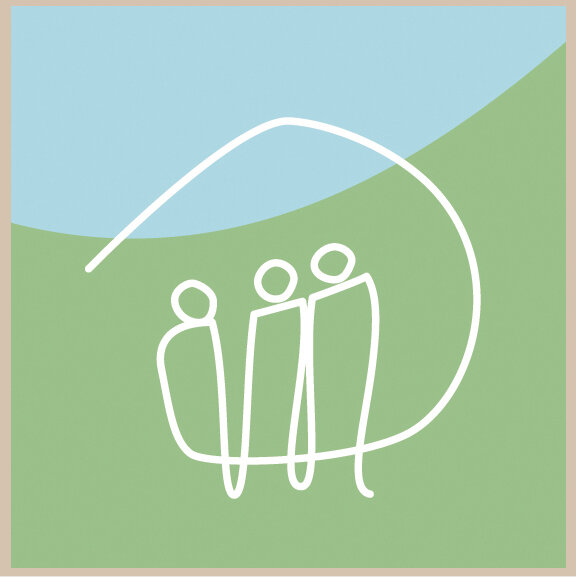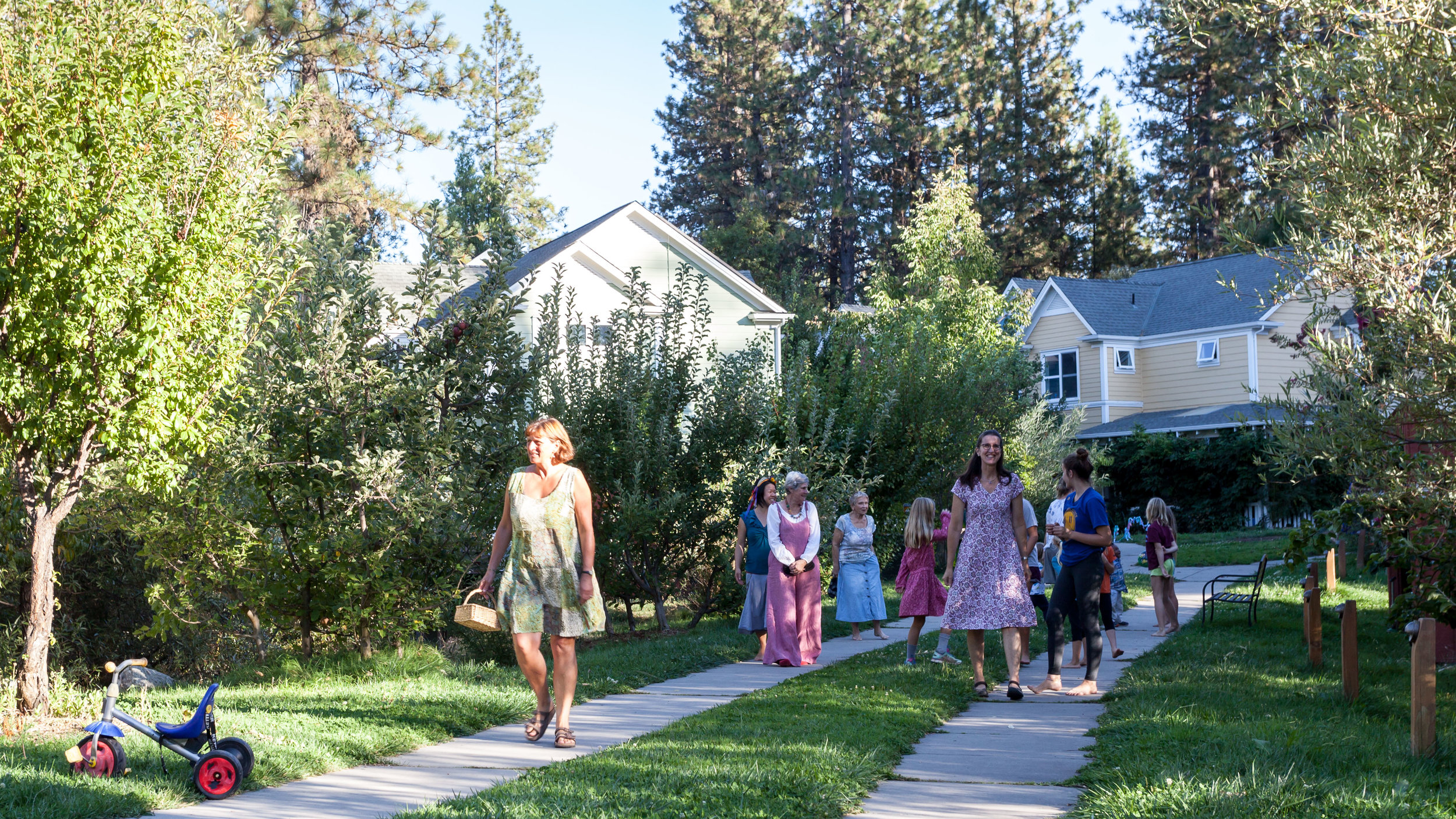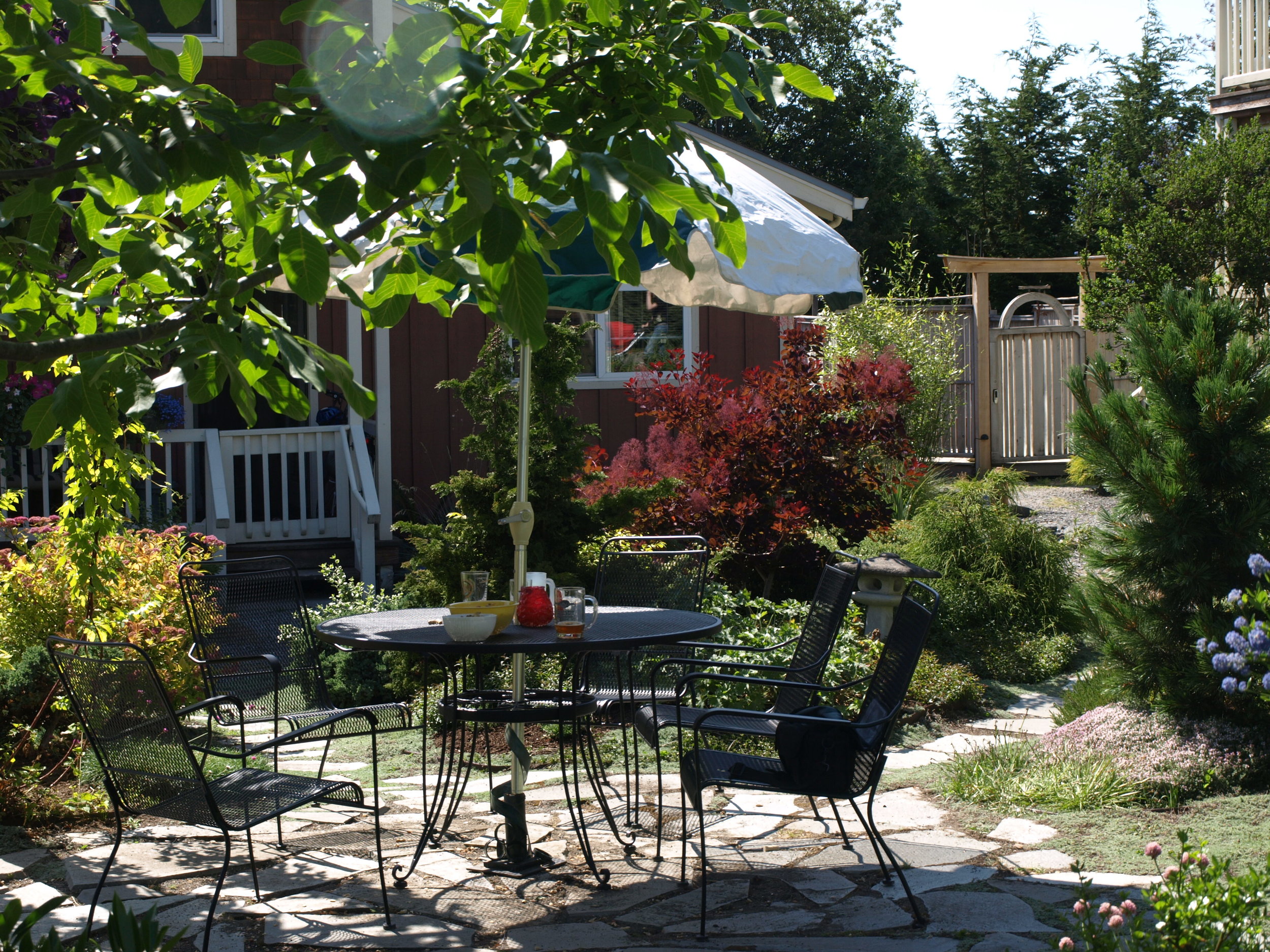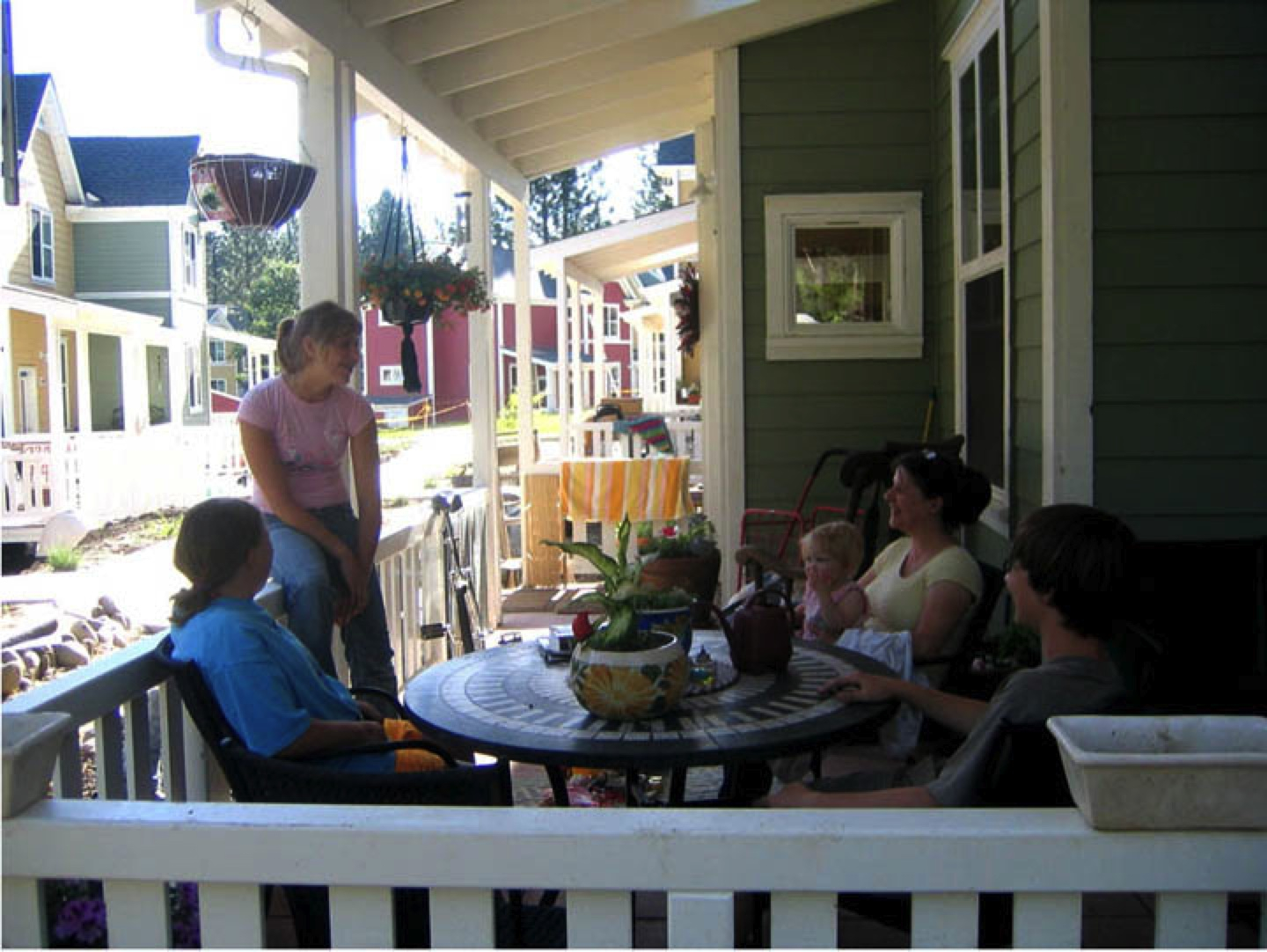Written by Charles Durrett
I know for a fact that if you have to have air conditioning, you have to have it—it’s a cultural thing. It’s our habit or as cultural anthropologist Robert Bellah puts it, it’s a “Habit of the Heart”, and if your house is designed poorly, it’s physiological. So, I’m not going to try to talk anyone out of air conditioning, we’ll do air conditioning if the group wants it—but I’m happy to report that most groups that don’t really need it have chosen to not have it installed and challenge us to accomplish cool houses through passive cooling (inherent in the building) which we embrace.
Time magazine just reported that air conditioning has become the number one cause of global warming world-wide, greater than transportation, greater than house warming, greater than industry. Ironically, of the 2.8 billion people along the equator, those that need it the most, only 8% have air conditioning. The rest of us, in the U.S. and Japan, for example—about 90% have it. The good news is that cohousing groups get to create their own houses and therefore respond to their own priorities. That’s why those houses perform so well from a passive cooling point of view.
We, for example, make sure to use enough mass so that if the night temperature gets down to 70 degrees Fahrenheit the house gets to 71 degrees Fahrenheit or 72 degrees Fahrenheit by morning and that the high temperatures of the day, even when it’s 100 degrees Fahrenheit outside the interior of the house doesn’t get above 76 degrees Fahrenheit in the late afternoon.
There are hundreds of tricks to achieve passive cooling and we employ them all, because of all the clients that we work with, no one wants to walk their eco talk more than cohousers—to a point. In other words, it has to work. And if it doesn’t then there has to be a back-up like an entirely interior A.C. that you can put in your bedroom at night but keeps the white noise (a hum) internal to the house so that neighbors can simply keep their windows open (and uses less than 10% as much energy.)
Examples of passive cooling include sparse pavement/more lawn, shaded gathering nodes, shade trees, and porches with well-designed overhangs. All of these contribute to a more enjoyable experience in one's private home and the common space.
To give you some idea of how cultural it is, we rented a house while our current state-of-the-art, passively cooled cohousing was being built. We didn’t turn on the air conditioning until our daughters 15th birthday party on August 2nd. A dozen 14, 15, and 16-year old young ladies showed, so, we turned on the air conditioning. Jessie, our daughter, said “Hey, I didn’t know we had an air conditioner”, the air conditioner went on every day after that, although she never complained about the heat before. It’s so easy to flip a switch. Before that we’d sit on the front porch in the evening, and let the rocking motion create a breeze, or the porch ceiling fan cooled us, amongst other things like a glass of iced tea.
I’ve yet to read an essay or any rationalization as to why it’s ok to cool our house to warm the planet. Invariably someone will invoke the plight of the Bangladesh people and them standing in waist-high water in the downtown streets after a routine storm. And, of course, the more the planet warms, the more that happens and the more we need A.C. And it’s not just Bangladesh, it could be Quebec, where more than 70 heat related deaths have occurred this summer.
Our cohousing 34 houses were built with zero air conditioning (in a part of California where nothing is built without air conditioning). But it’s not just a conscious design decision it is a series of conscious life style issues. Passive cooling comes up at least once a week at common dinner in the summer. When do I close my windows? When do I close the shades? Which window shades? When do I turn on the whole house fan? For how long? When do I use the ceiling fan (whenever you’re in the room)? When do I turn it off (whenever you’re not in the room)? Yes, it’s a topic, an easy one, which gets you in touch with your neighbor and your climate. We do have air conditioning in the common house, and once (in 12 years) 21 folks spent the day there. This was the year that a heat wave killed 35 Californians (2/3 of whom had air conditioning but were too fried to turn it on). I know that it could possibly cramp your style to work and play in the common house for one day out of 12 years—but not if you can imagine what the rest of the world is giving up to make A.C. so convenient for us.
I find that you can’t be righteous about this stuff, but that you don’t have to be. When you watch cohousing groups work this stuff out, you believe that they are willing to imagine that it can be worked out and that’s the beginning of getting the job done.
Indirect lighting, efficient insulation, high ceilings, and an open floor plan contribute to passive cooling in the Common House.
In some cases, groups don’t want to take the risk and put in a mini-split or similar, but I’m happy to report that many folks, like some in Fresno, California, say that they still haven’t used their air conditioning in ten years. A.C. is an increasing problem, but I love working with people who want to be at least part of the solution.
Large efficient windows let light in without heating the space.
If we can’t get cohousers to scale back their air conditioning usage then we’re toast! But my experience is that we can.







